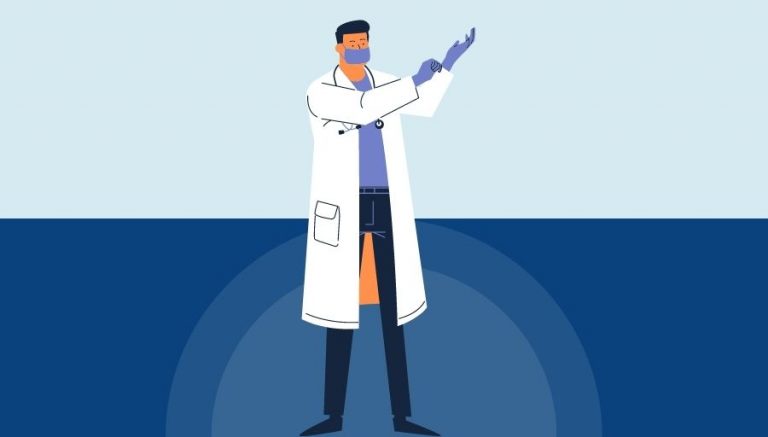How To Use CPT Code 83070
CPT 83070 describes the qualitative testing for hemosiderin, a pigment derived from hemoglobin, typically performed on urine specimens. This article will cover the description, procedure, qualifying circumstances, appropriate usage, documentation requirements, billing guidelines, historical information, similar codes and billing examples.
1. What is CPT Code 83070?
CPT 83070 is used to describe the qualitative testing for hemosiderin, a pigment derived from hemoglobin. This test is commonly performed on urine specimens to detect the presence of hemosiderin, which is not normally found in urine. The presence of hemosiderin indicates an intravascular hemolysis process, such as immune hemolytic anemia or other conditions that cause the rupture of red blood cells and release free hemoglobin into the circulation.
2. Official Description
The official description of CPT code 83070 is: ‘Hemosiderin, qualitative.’
3. Procedure
- The lab analyst performs the technical steps to identify the presence of hemosiderin in a urine specimen.
- The most common method for detecting hemosiderin is staining the urine sediment with Prussian blue, an iron stain.
- If hemosiderin is present, it indicates recent intravascular hemolysis due to immune hemolytic anemia or other processes that cause the destruction of red blood cells.
4. Qualifying circumstances
CPT 83070 is typically ordered by clinicians when they suspect an intravascular hemolysis process, such as immune hemolytic anemia, or when investigating unexplained anemia. The presence of hemosiderin in urine is an important clue in the diagnosis of these conditions.
5. When to use CPT code 83070
CPT code 83070 should be used when performing qualitative testing for hemosiderin in urine specimens. It is appropriate to bill this code when there is a clinical suspicion of intravascular hemolysis or when investigating unexplained anemia.
6. Documentation requirements
To support a claim for CPT 83070, the documentation should include:
- Clinical indication for the test, such as suspicion of intravascular hemolysis or unexplained anemia
- Details of the testing method used, such as staining the urine sediment with Prussian blue
- Results of the qualitative testing for hemosiderin
7. Billing guidelines
When billing for CPT 83070, ensure that the test is performed for qualitative testing of hemosiderin in urine specimens. There are no specific guidelines regarding reporting this code with other codes.
8. Historical information
CPT 83070 was added to the Current Procedural Terminology system on January 1, 1990. The code has undergone one historical change on January 1, 2015, which updated the code description to ‘Hemosiderin; qualitative.’
9. Examples
- A patient with suspected immune hemolytic anemia undergoes qualitative testing for hemosiderin in their urine specimen.
- A clinician orders qualitative testing for hemosiderin in a urine specimen to investigate unexplained anemia in a patient.
- A urine specimen from a patient with suspected intravascular hemolysis is tested for the presence of hemosiderin.
- Qualitative testing for hemosiderin is performed on a urine specimen to aid in the diagnosis of a patient with unexplained anemia.
- A clinician orders qualitative testing for hemosiderin in a urine specimen to evaluate a patient with suspected immune hemolytic anemia.
- Qualitative testing for hemosiderin is performed on a urine specimen from a patient with suspected intravascular hemolysis.
- A patient with unexplained anemia undergoes qualitative testing for hemosiderin in their urine specimen.
- Qualitative testing for hemosiderin is performed on a urine specimen to aid in the diagnosis of a patient with suspected immune hemolytic anemia.
- A clinician orders qualitative testing for hemosiderin in a urine specimen to investigate a patient with unexplained anemia.
- Qualitative testing for hemosiderin is performed on a urine specimen from a patient with suspected intravascular hemolysis.



